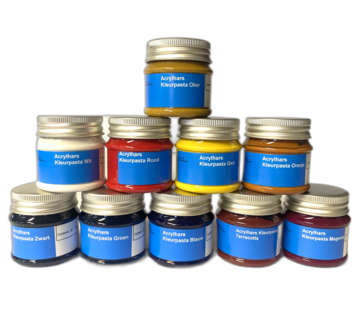Glass fibre fabric 200 gram/m²
Acrylic resin in combination with glass fibre provides a strong, cheap support cap for your silicone mould.
Please note that glass fibres do not stretch. If you want to use this fabric in silicone it will loose its elasticity.
Glass fiber is very strong and often the cheapest solution. That is why it is the most chosen product for lamination.
Fiberglass has a higher break point than carbon and is more flexible. Carbon is stronger.
Glass fiber's thermal and electrical conductivity is very low to nil. Electromagnetic signals are hardly affected by glass fibers. This makes glass fiber products very popular for applications around electronics and antennas etc.
Glass fibre fabric 200 gram/m² provides strength for laminates and sandwich panels and can be used with epoxy, polyester, vinyl ester, poly urethane and acrylic resin.
Processes: Vacuum hand lamination, Hand lamination, RTM, Injection
| Product | Density | Width | Thickness | Weave | Process | Resin | Resin usage |
| Glass fibre fabric 200 gram/m² | 200 g/m2 | 1250 mm | 0,50 mm | plain | Vacuum hand lamination, Hand lamination, RTM, Injection | Polyester, vinylester, epoxy, pu, acrylic resin | 300 g/m2 Epoxy |
Safety
Glass fiber consists of glass. This means that microscopic glass splinters are formed during the build of the composite and/ or later processing (drilling, cutting, sanding etc) of the endproduct. These are irritating to the skin and eyes and are especially harmful to the lungs when inhaled. We therefore recommend using a dust mask and sturdy gloves.
If the mat has already been treated with a resin, we also recommend using a mask with a gas filter to prevent fumes from escaping. It is aways important to work in a well ventilated area.












